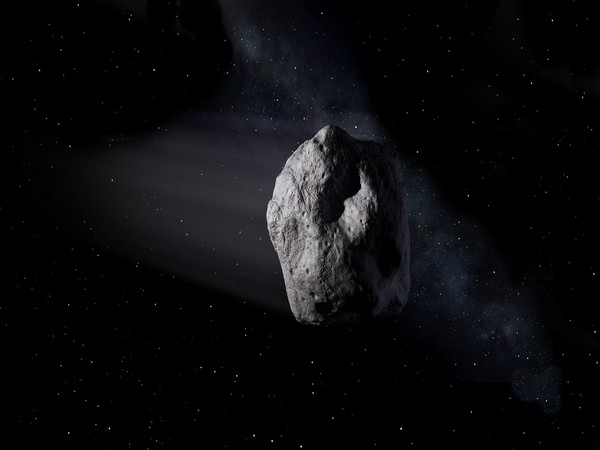Newly discovered asteroid will pass by Earth on Saturday, NASA warns

NASA's Planetary Defense Coordination Office (PDCO), which detects, tracks, and characterizes Near-Earth Objects (NEOs), has warned that a newly discovered asteroid will pass by Earth on Saturday, March 25.
Named 2023 DZ2, the asteroid will safely pass over 100,000 miles away from us, easing concerns about any potential impact. While many asteroids pass by Earth at safe distances every year, the close approach of an asteroid of this size is a rare occurrence that happens only about once a decade, according to the agency.
"While close approaches are a regular occurrence, one by an asteroid of this size (140-310 ft) happens only about once per decade, providing a unique opportunity for science," the PDCO tweeted.
The PDCO further stated that astronomers with the International Asteroid Warning Network are using this close approach to study the 2023 DZ2 asteroid up close and gather valuable data about it.
🔭Astronomers with the International Asteroid Warning Network are using this close approach to learn as much as possible about 2023 DZ2 in a short time period - good practice for #PlanetaryDefense in the future if a potential asteroid threat were ever discovered.
— NASA Asteroid Watch (@AsteroidWatch) March 21, 2023
While the passing of 2023 DZ2 poses no immediate threat to us, it serves as a reminder of the potential risks posed by NEOs. NASA and other international space agencies are taking the threats seriously and advancing planetary defence efforts to mitigate potential threats in the future.
These efforts include the Double Asteroid Redirection Test (DART) which was conducted by NASA in September 2022 to test the ability of a spacecraft to deflect an asteroid's trajectory. The European Space Agency's Hera is a follow-up mission that will study the aftermath of this impact, with a focus on the size and shape of the impact crater created by the DART spacecraft.
NASA is also developing a space telescope that will find and track hazardous NEOs. Named NEO Surveyor, the telescope will view the solar system in infrared wavelengths and use its modest light-collecting aperture to spot near-Earth objects that larger ground-based observatories may miss.










